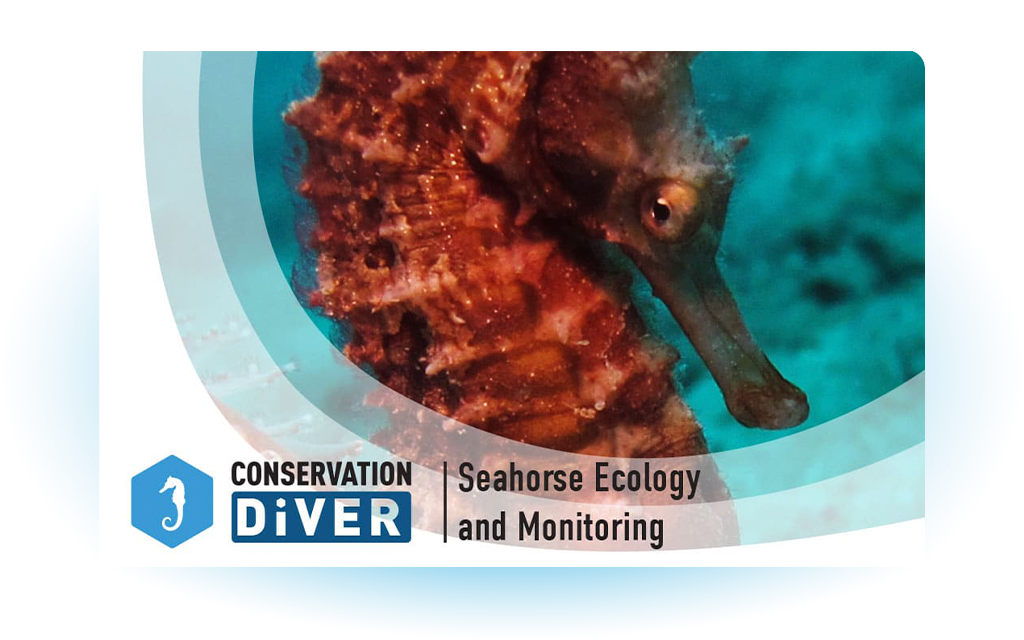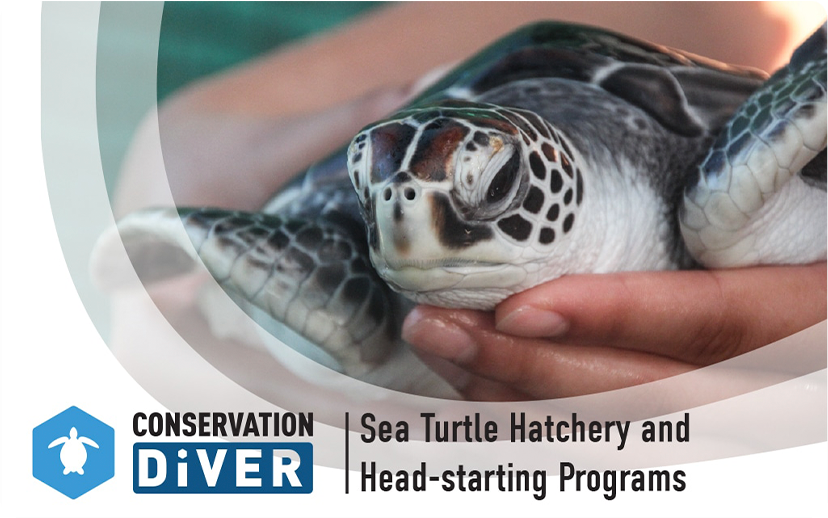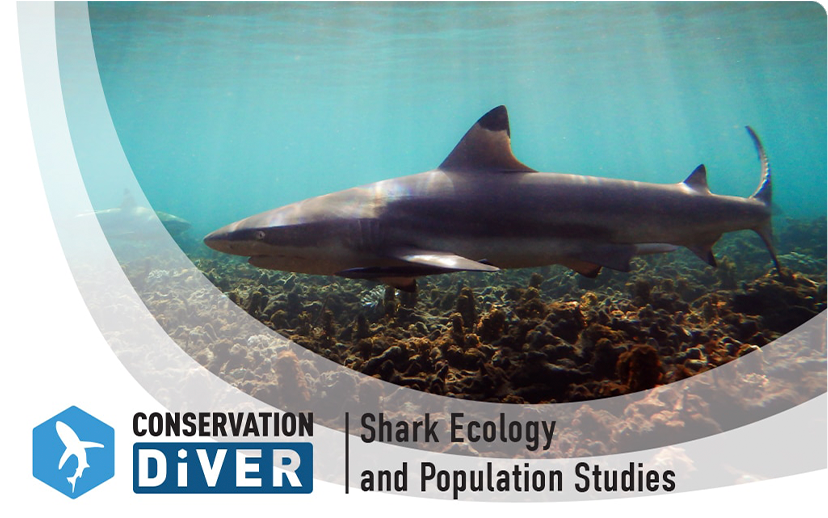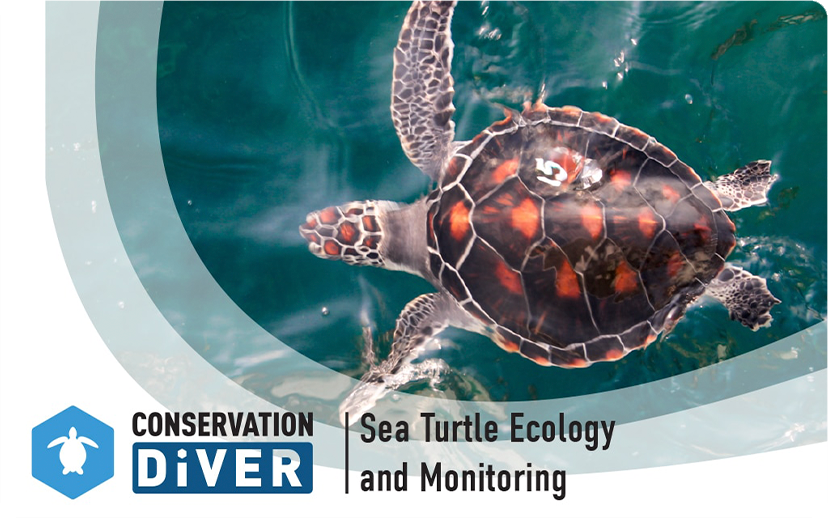
Seahorse Ecology and Monitoring
The Seahorse Ecology and Monitoring course aims to fill the scientific knowledge gap regarding Syngnathiformes’ classification, population dynamics, and conservation status. This lack of information hinders the development of effective conservation strategies for these vulnerable species. To create successful seahorse conservation plans, we must comprehend their life history and ecology. This course will provide you with the skills to identify seahorse species based on anatomical features and behavioral ecology traits.
Master diagnostic features for identifying common local seahorse species.
Understand global and local threats to seahorse populations and their ecology.
Be familiar with iSeahorse.org for entering seahorse sightings data into the global database.
Learn seahorse survey methods, including roving diver and transect methods, and gain practical experience.
Program Eligibility and Requirements
To join the Seahorse Ecology and Monitoring Program, participants need to meet the following criteria:
- Age Requirement: Applicants must be 12 years of age or older.
- Diver Certification: Applicants should hold certification as an Advanced diver from a recognized diving organization such as PADI, SSI, RAID, or similar. Alternatively, Open Water divers can be eligible if they have successfully completed a buoyancy appraisal under the guidance of a professional diver.
- Diving Proficiency: Applicants need to showcase advanced diving skills, including excellent buoyancy control and self-awareness.
Upon Enrollment in the Course, participants will be required to:
- Attend 1 seahorse lecture
- Attend 1 seahorse dive briefing
- Complete ID quiz using dichotomous key and seahorse photos
- Complete 1 seahorse survey dives (in 2 different roles)
- Enter GPS data into Google Earth
- Enter sightings and data into the iSeahorse.org and other relevant databases (if seahorse was observed)











